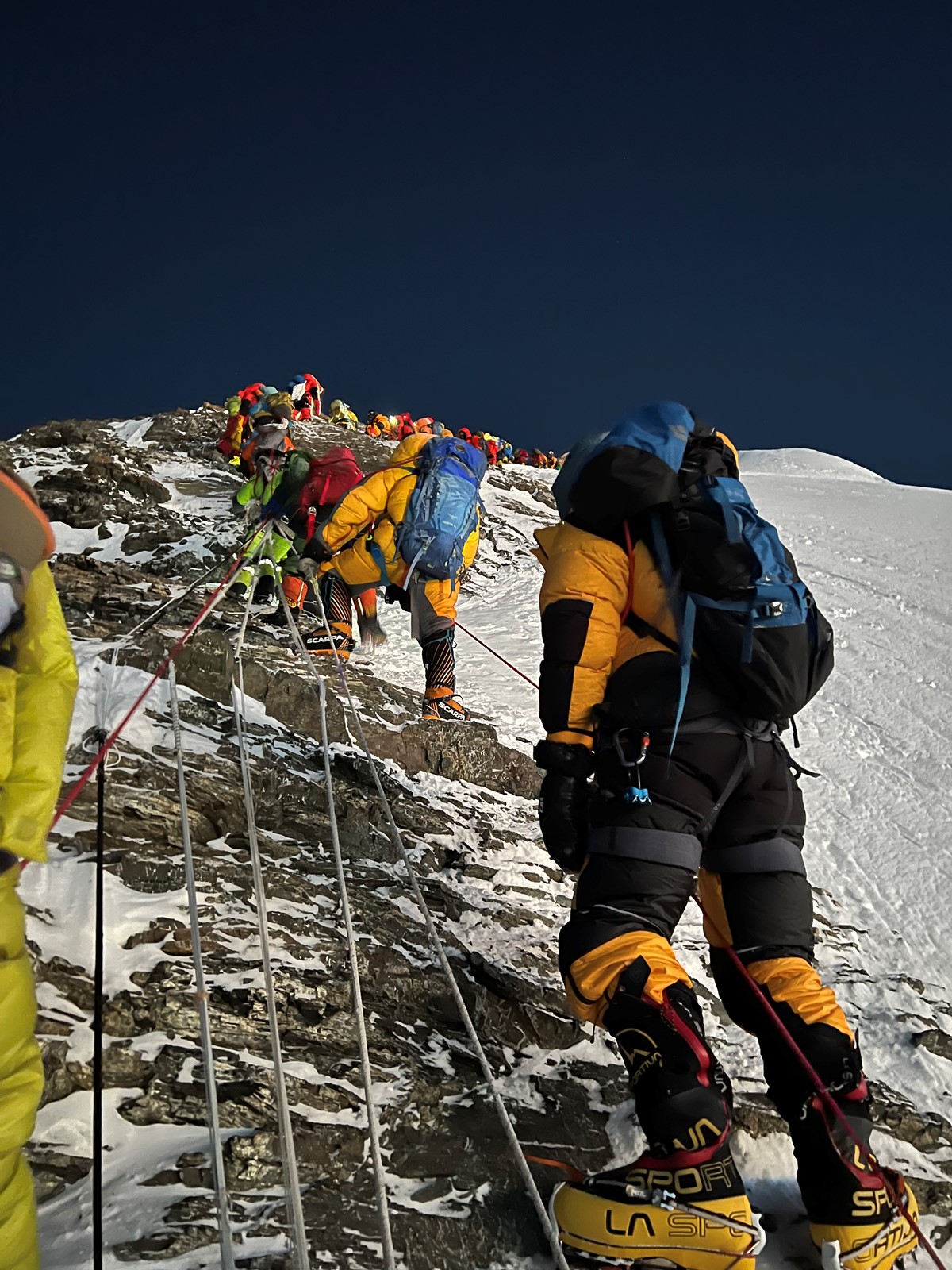

On May 8, 1978, world-renowned alpinist Reinhold Messner and his frequent partner, Peter Habeler, became the first to summit Mount Everest (29,032 feet) without supplemental oxygen. It was a major achievement in the face of those who claimed it impossible — even suicidal.
In his book “All Fourteen 8,000ers,” Messner writes about the naysayers who predicted, “We might just possibly reach the summit of Everest without masks, but we certainly would not make it back down again. And if we did, it would be as mental vegetables.” The bold pair proved that even the highest mountain on Earth could be climbed by what many have called “fair means.”
Messner returned to Everest two years later, this time to its north face. He was utterly alone, on a previously unclimbed route and, as always, he eschewed supplemental oxygen. He crawled the final meters to the summit through fog and falling snow. “It was continual agony,” he wrote. “I have never in my whole life been so tired as on the summit of Mount Everest that day.”
This May, four British ex-special forces men were also tired on Everest’s summit. However, their circumstances could not have been more different. Garth Miller, Alistair Carns, Anthony Stazicker and Kevin Godlington left London’s Heathrow airport on May 16. Five days later, at 7:15 a.m. Nepal time, they reached the summit of Mount Everest. Less than 48 hours after that, they arrived back at Heathrow, for an astonishing round-trip time of six days, 13 hours.
For this stunt-like ascent, the foursome used whatever advantages were available: they trained hard, they slept in hypoxic tents at home (to simulate altitude), they helicoptered to Base Camp (a 12-day trek), they were guided up the mountain attached to fixed ropes, they breathed supplemental oxygen — and they inhaled xenon gas prior to leaving the UK.
Of all the possible critiques of this very public (and very expensive) feat, the media latched onto xenon as the, ahem, X-factor. Because of the climbers’ experimental use of this gas, their ascent has attracted widespread controversy. While xenon is purported to aid in acclimatization, medical experts are uncertain how much, if at all, it actually improves performance in the mountains.
Ironically, while lambasting the Brits for essentially doping with xenon, both the media and fellow climbers have turned a blind eye to their use of supplemental oxygen — a proven, time-tested performance-enhancer at altitude.
To be clear, it’s easy to understand why climbers use oxygen: It offers a vastly higher margin of safety. Oxygen keeps a climber warmer by allowing blood to flow more easily into the extremities. And crucially, it significantly decreases the altitude a climber feels, thus eliminating the unique challenge of the world’s highest mountain.
Climbers on oxygen tend to use between 1 and 4 liters per minute. One liter per minute would make Everest’s summit feel about 24,000 feet high, while four liters per minute would drop the summit to 19,700 feet — a full 9,300 feet lower.
Times have certainly changed since Messner and Habeler’s breakthrough ascent in 1978, as have equipment, weather forecasts, transportation, high altitude medicine, Base Camp infrastructure, etc. You’d think with these modern advantages over the past 47 years, climbers would have raised their standards of ascent on Everest.
And some have. Namely, the 1980s saw several small, self-sufficient teams pioneer difficult new routes (and repeat existing routes with a minimalist ethos) without oxygen tanks. After all, by then it had become clear that oxygen was unnecessary for a properly trained and acclimatized climber to reach Everest’s summit and return safely.
But ascents of this ilk are few and far between. As of the end of 2024 only 230 people (out of 7,269) have summited Everest without supplemental oxygen — just 3.2%.
Ultimately, what’s most important is for climbers to respect the mountains, honor the locals and be honest about what they do, regardless of xenon, oxygen, helicopters and the like. But we should also recognize that all of this is part of a greater trend toward immediate gratification and a brazen desire for success — even if “success” means lowering the bar from where others, like Messner, set it nearly half a century ago.
Contact Chris Weidner at cweidner8@gmail.com. Follow him on Instagram @christopherweidner and X @cweidner8.


 PREVIOUS ARTICLE
PREVIOUS ARTICLE
